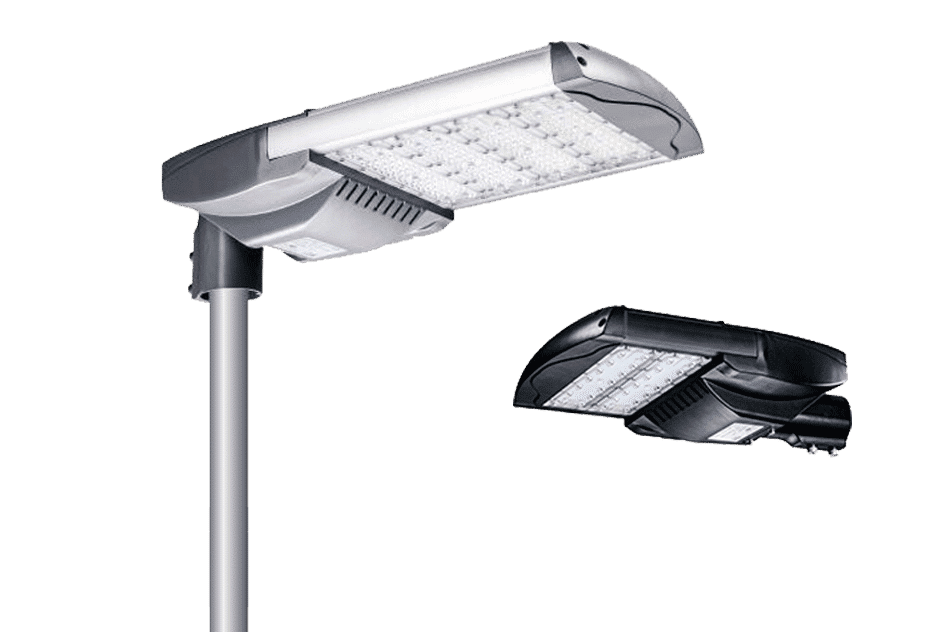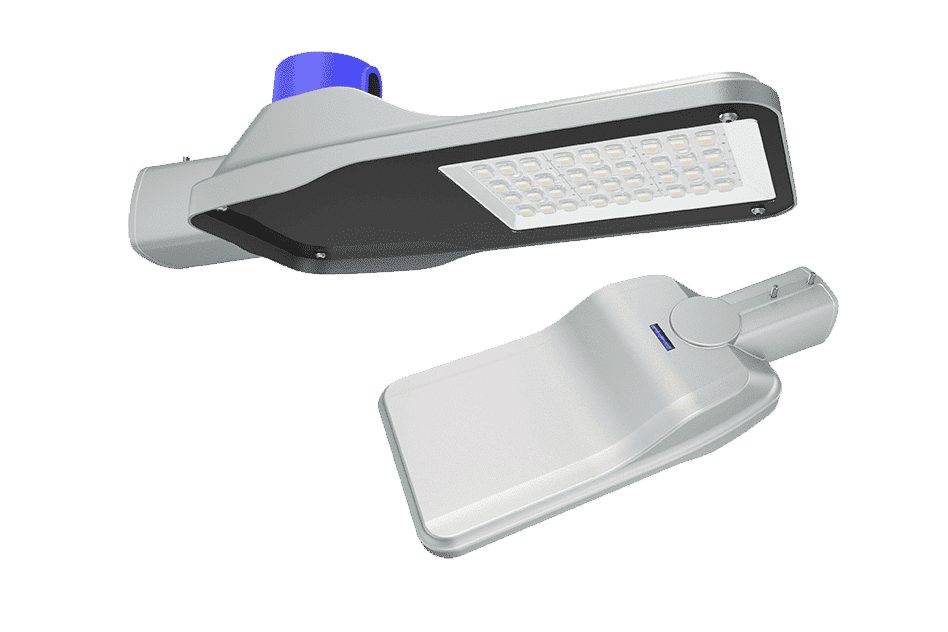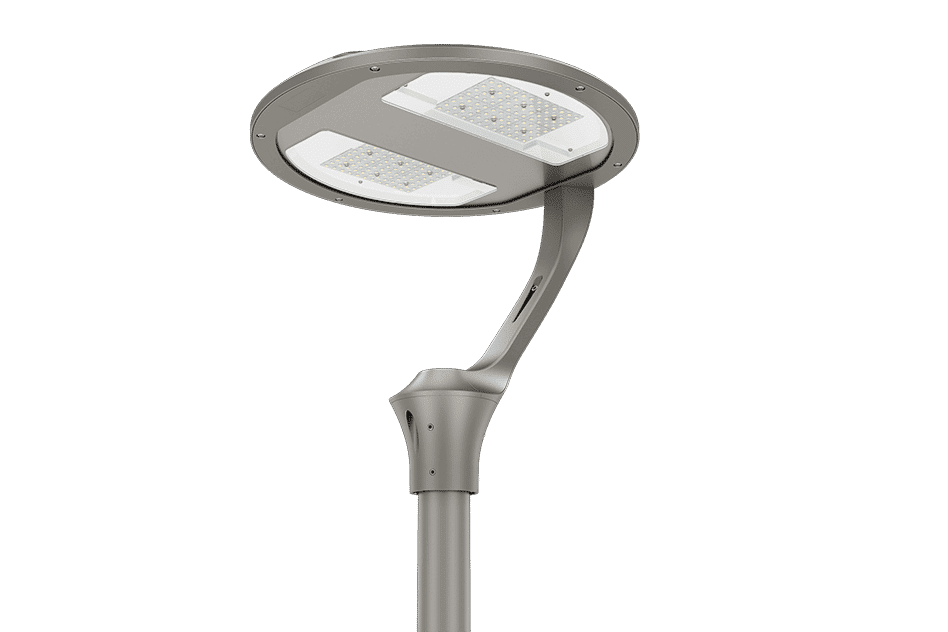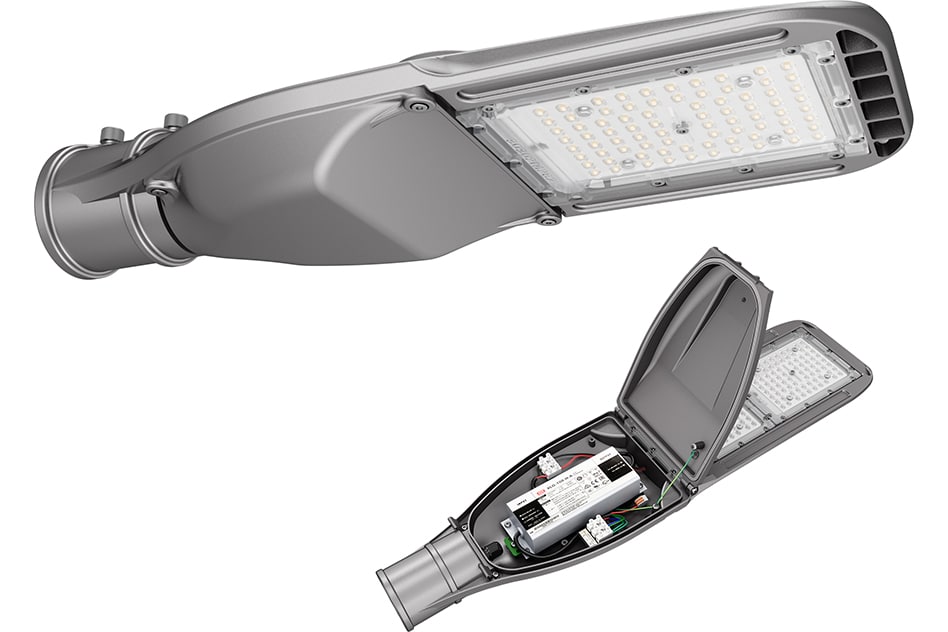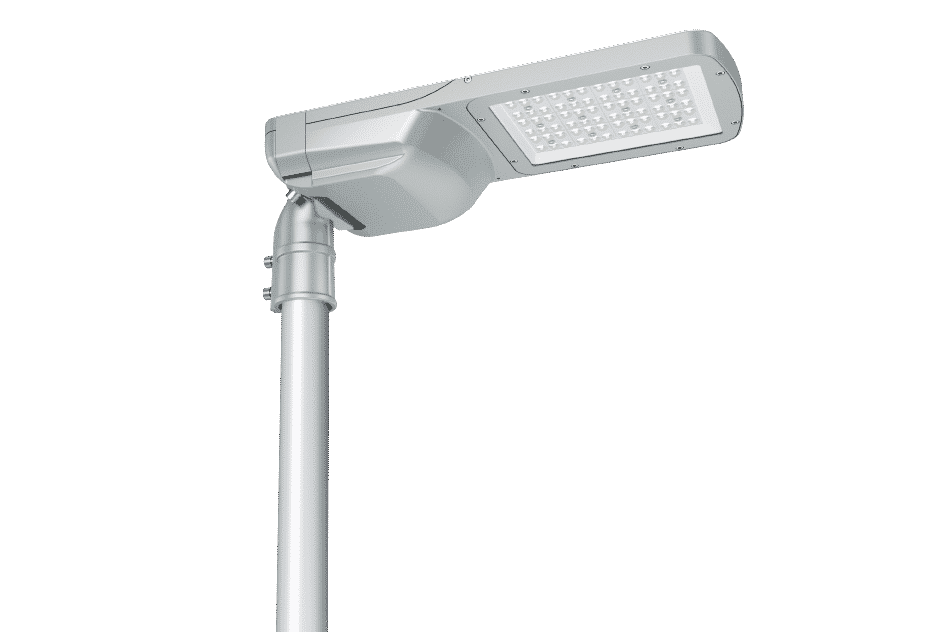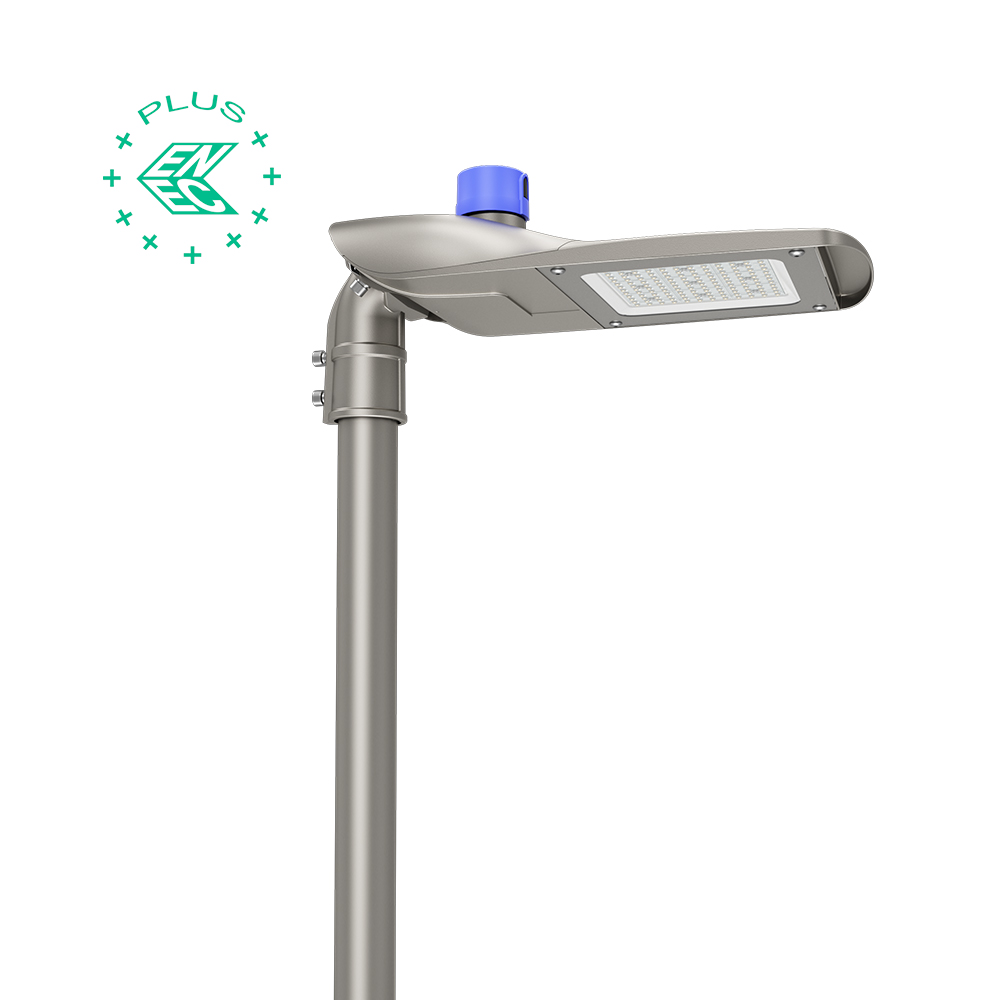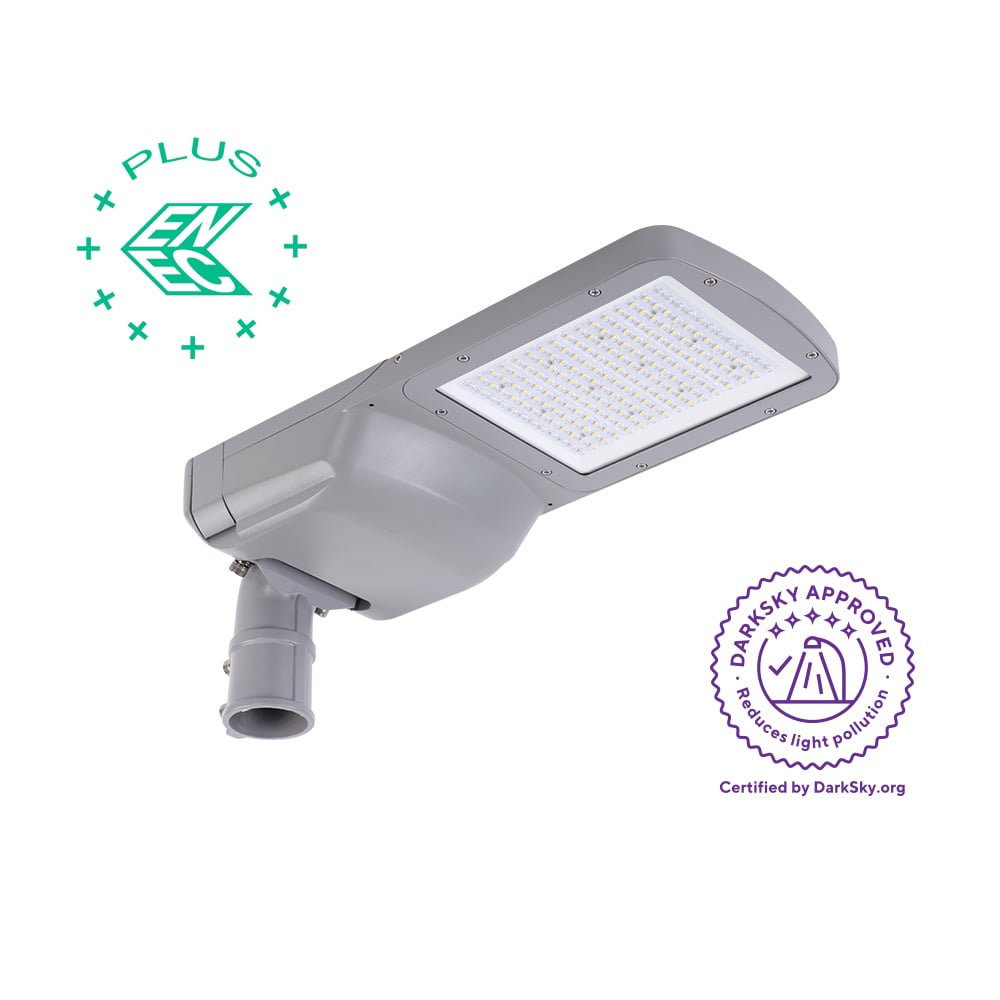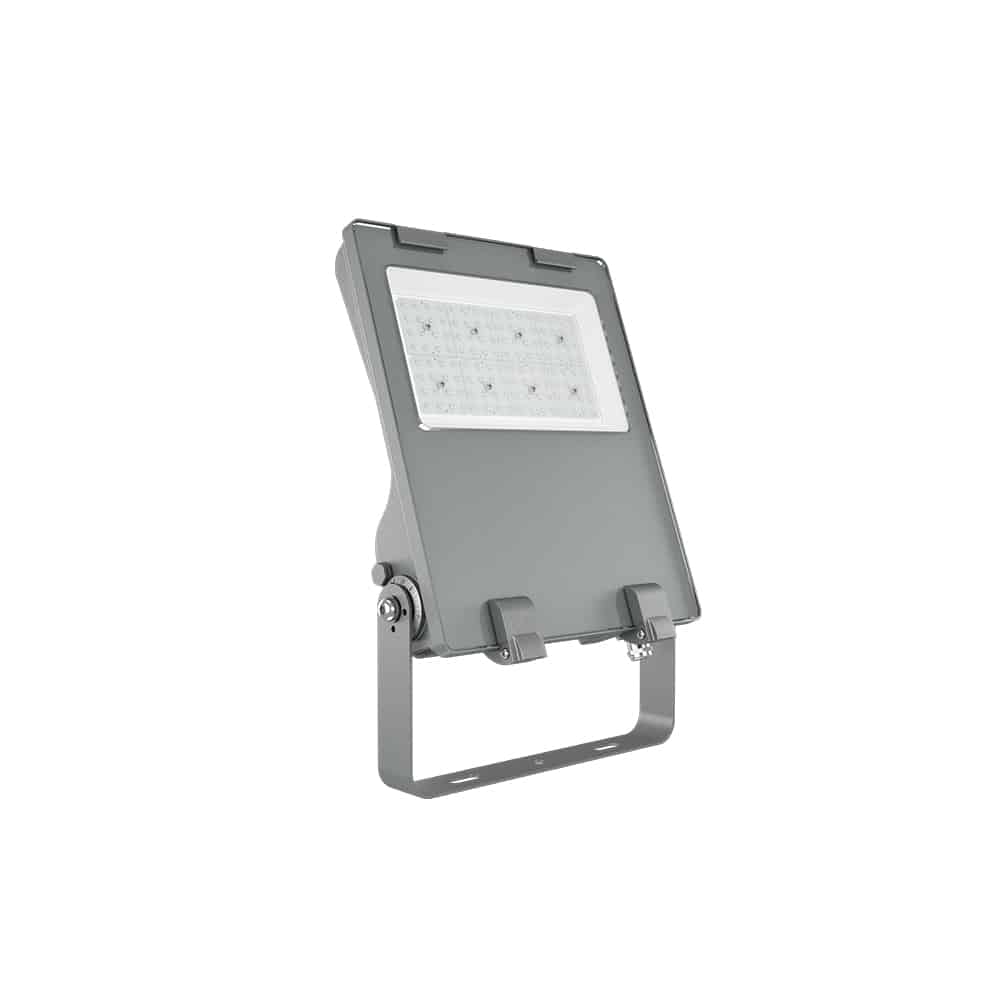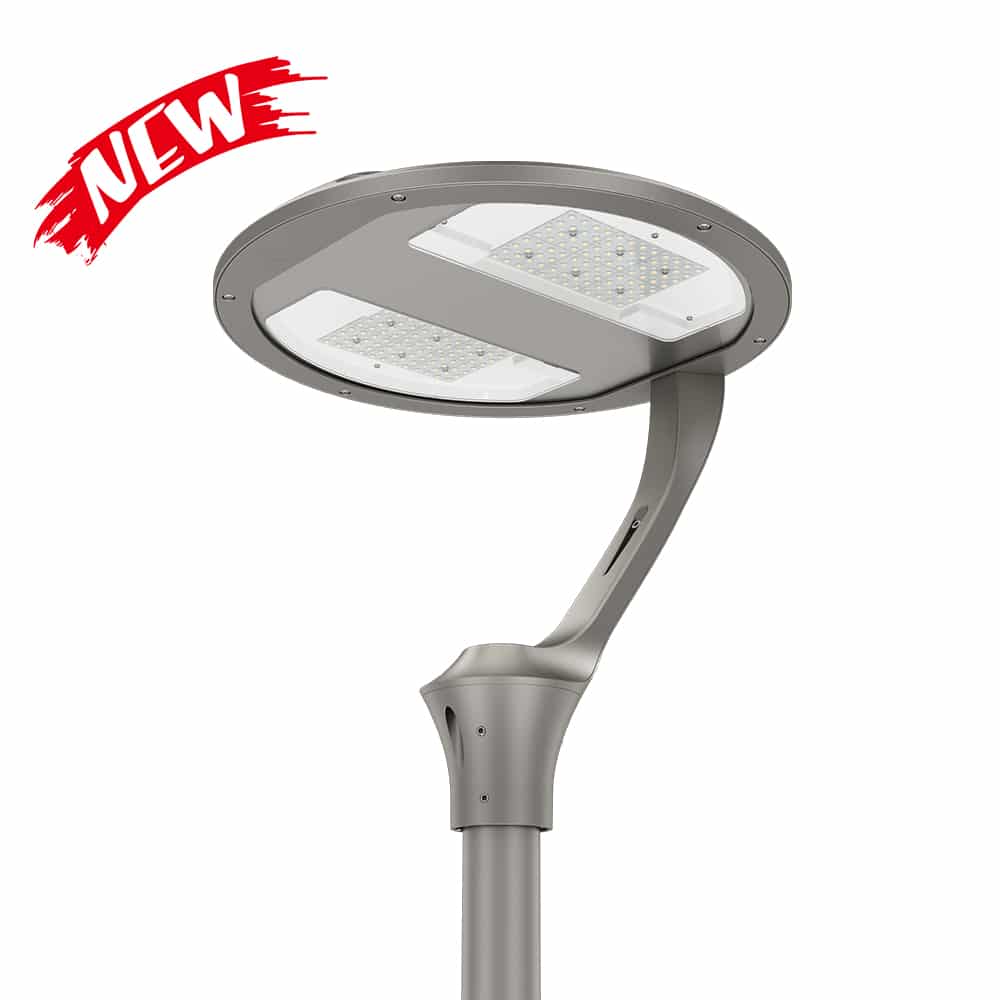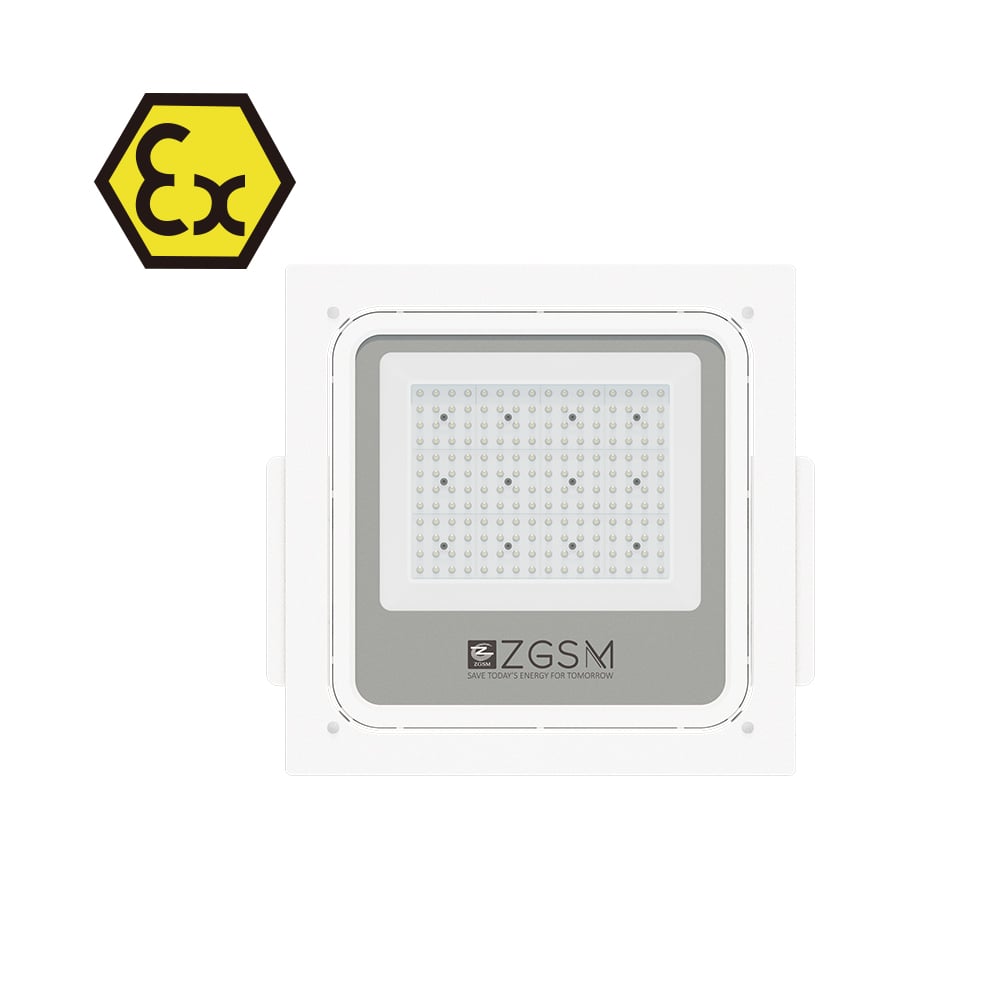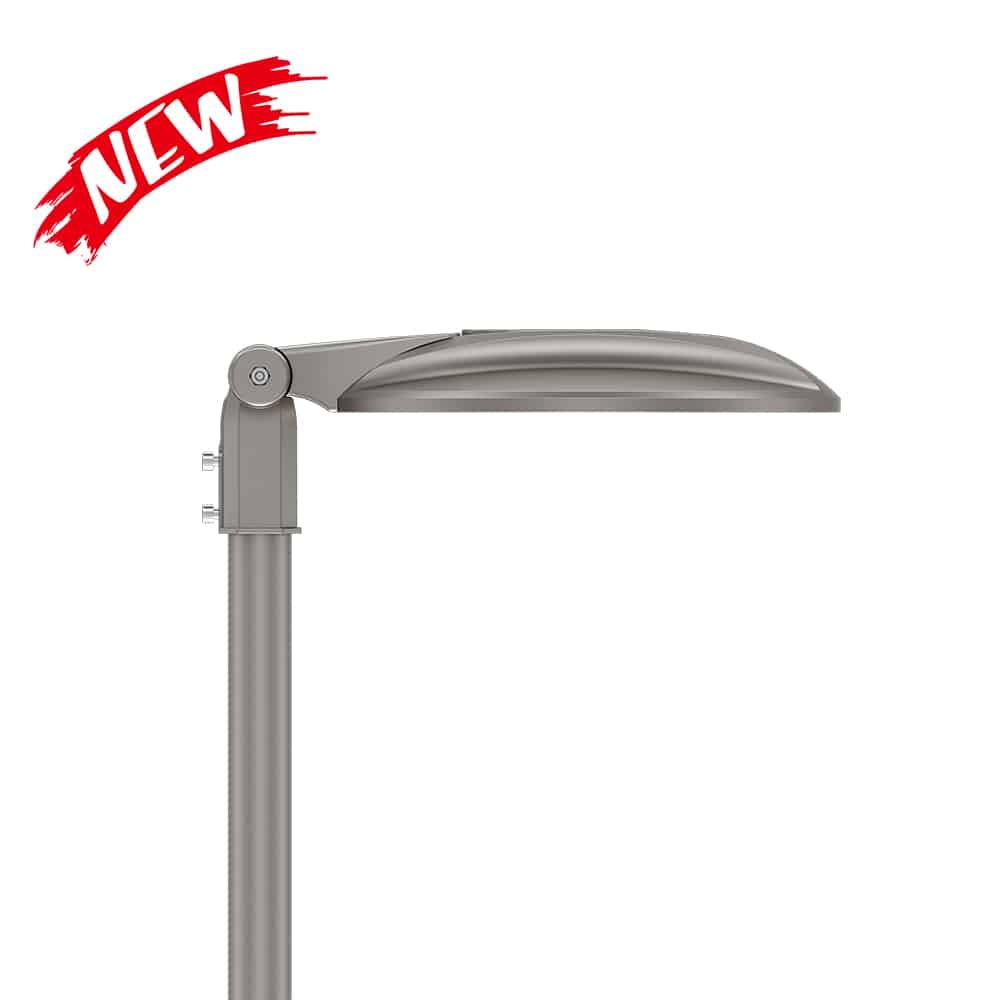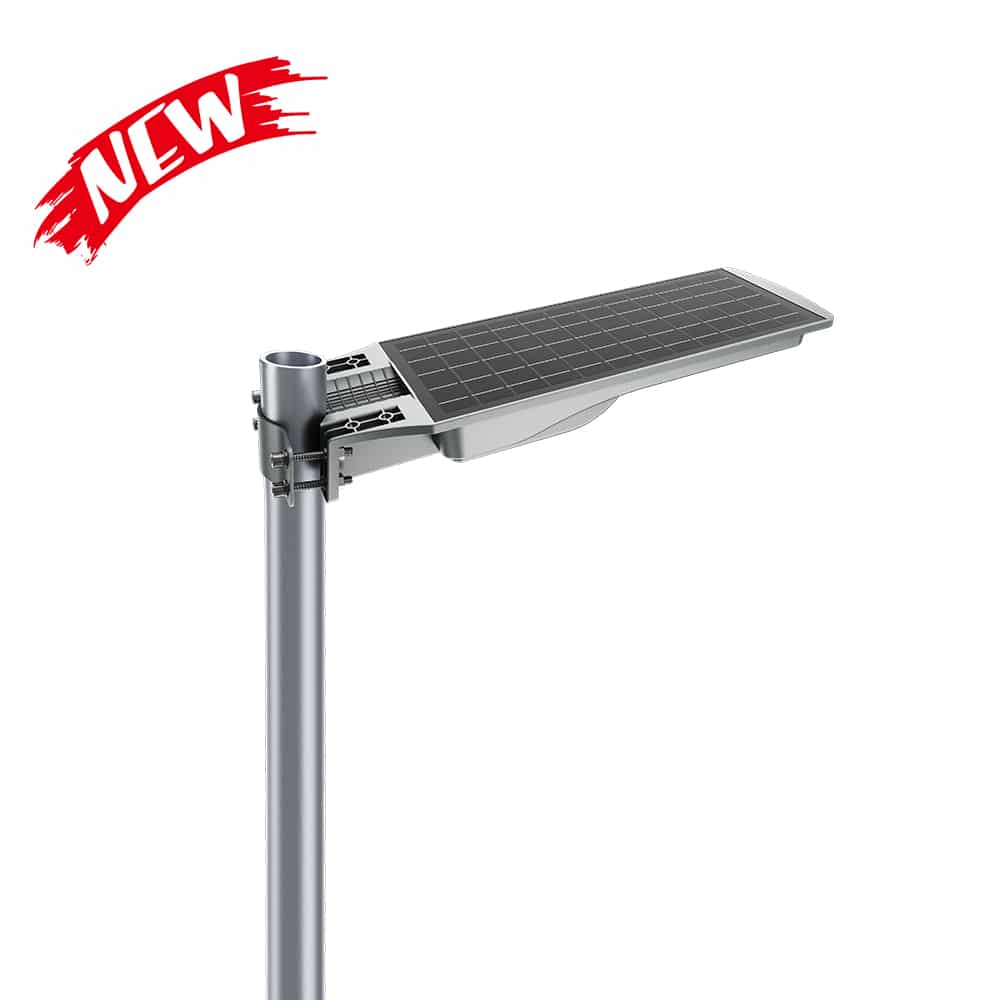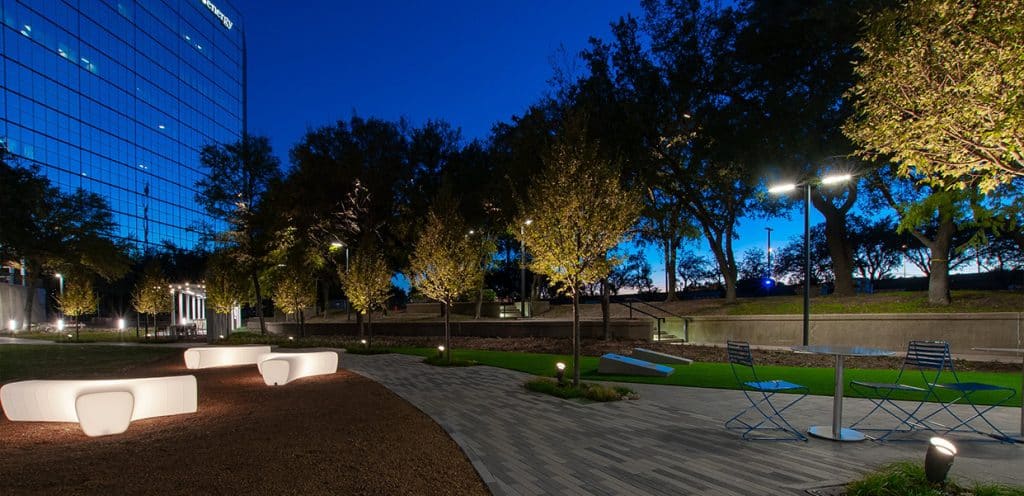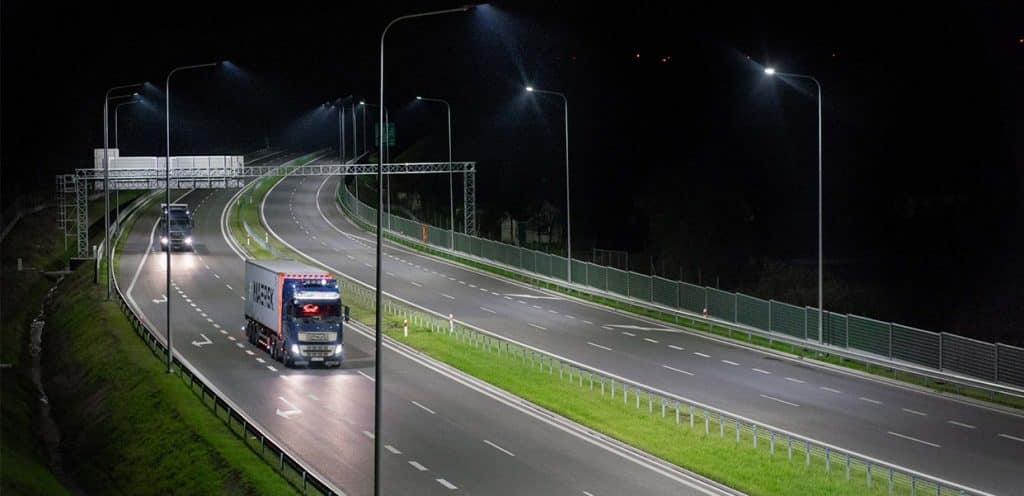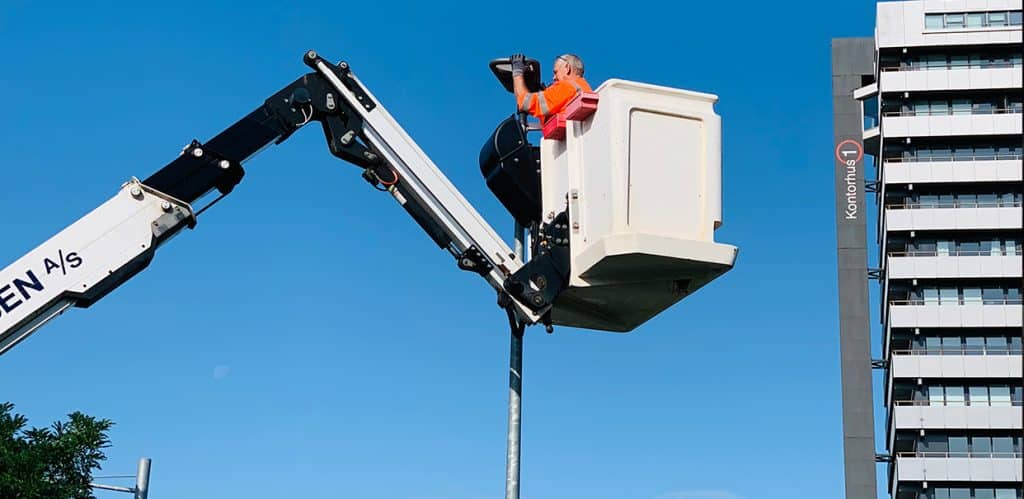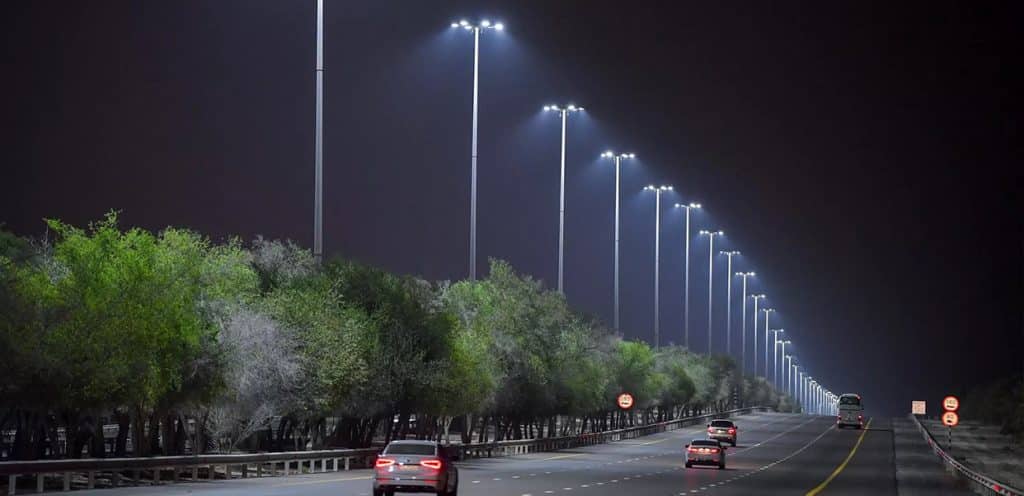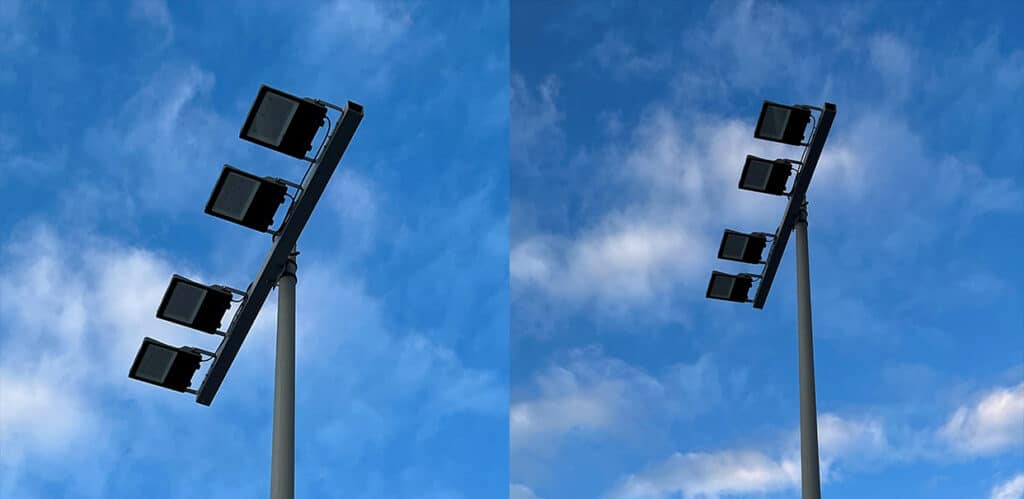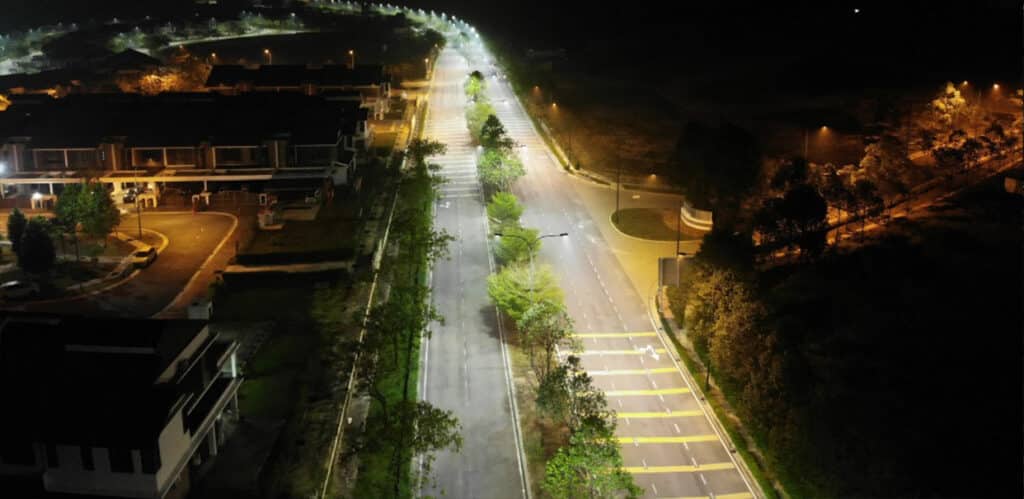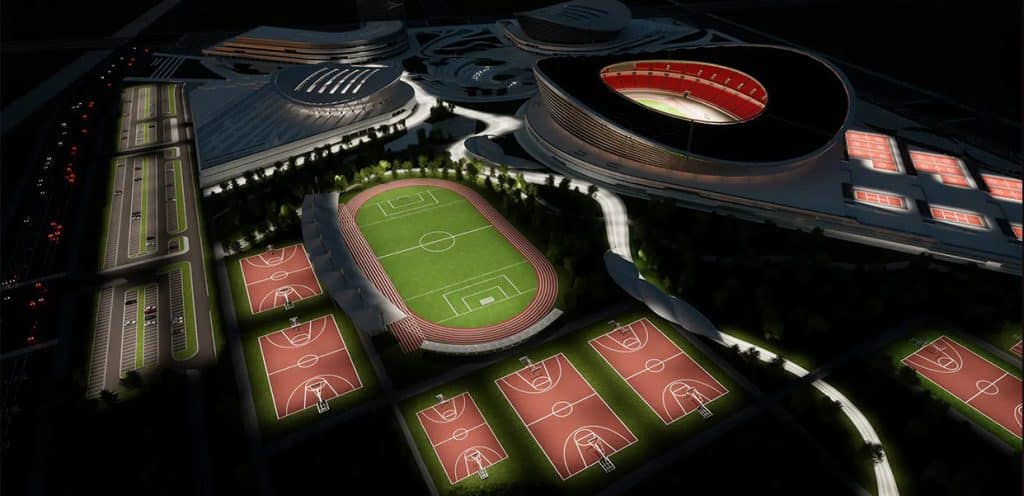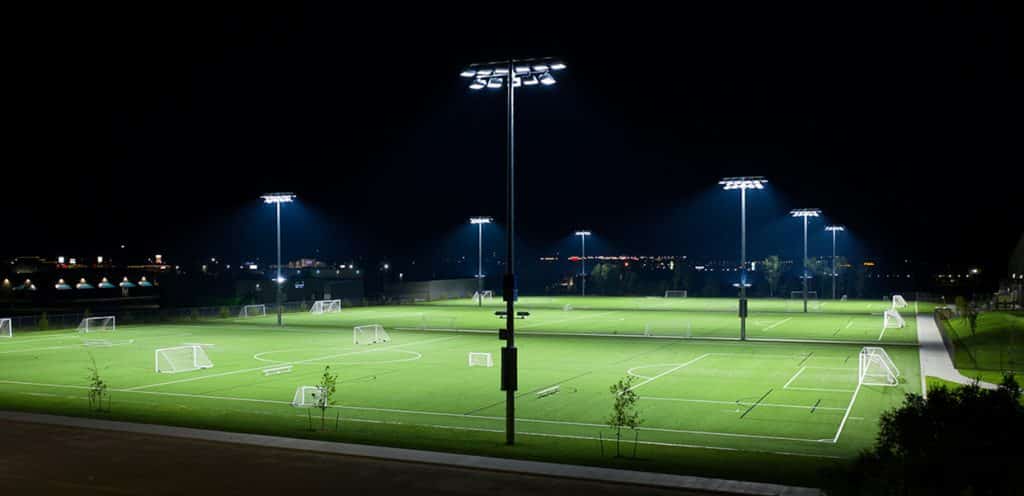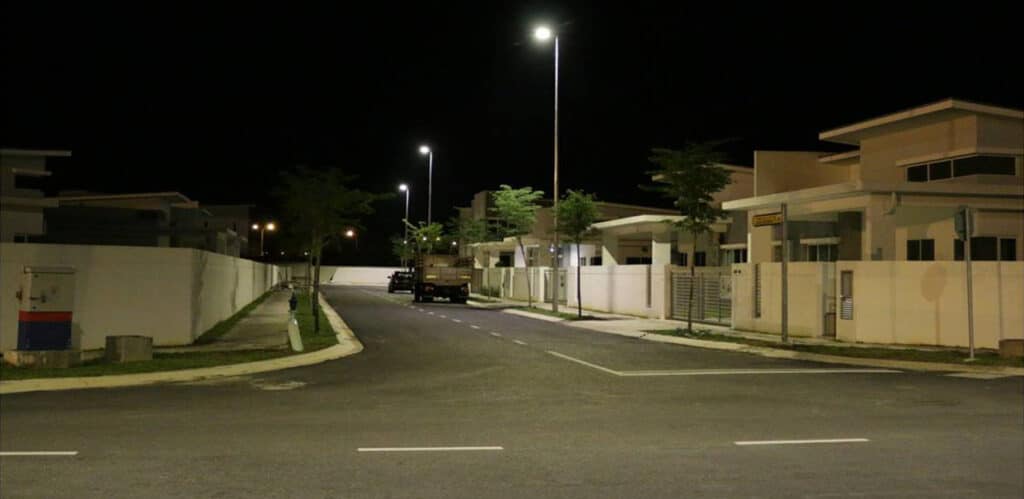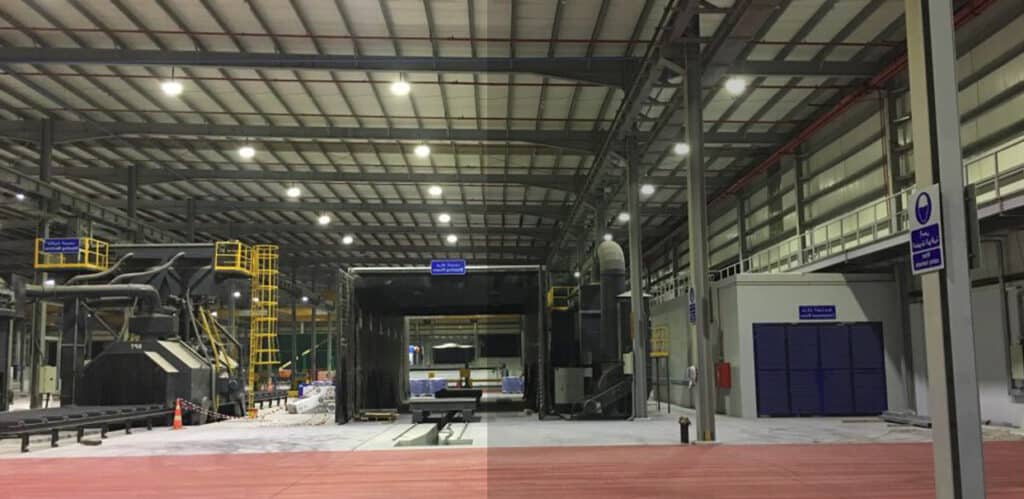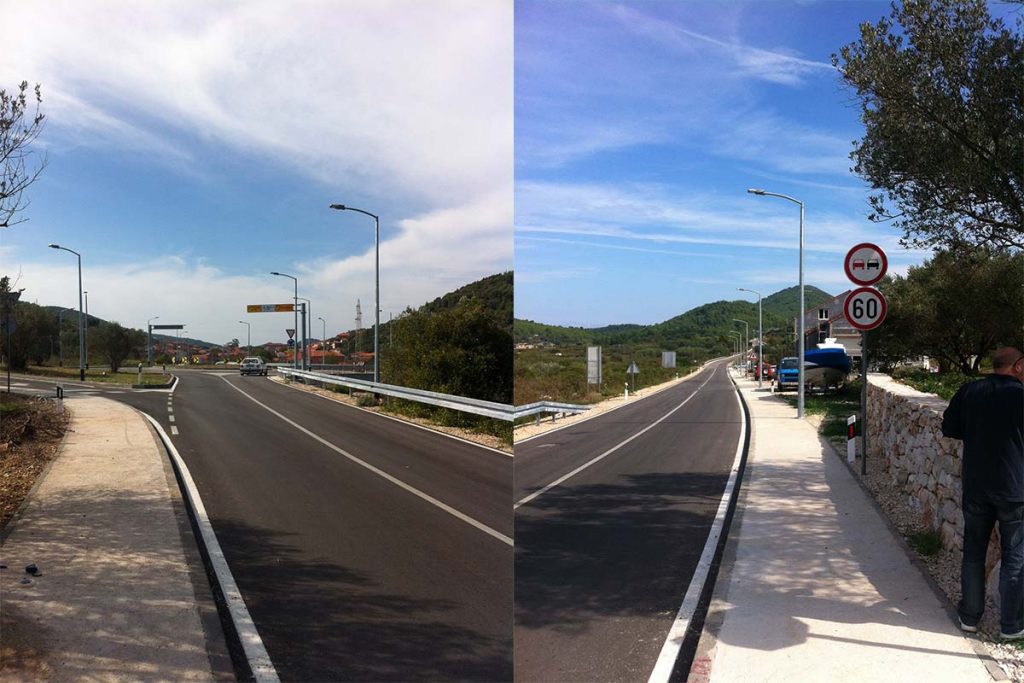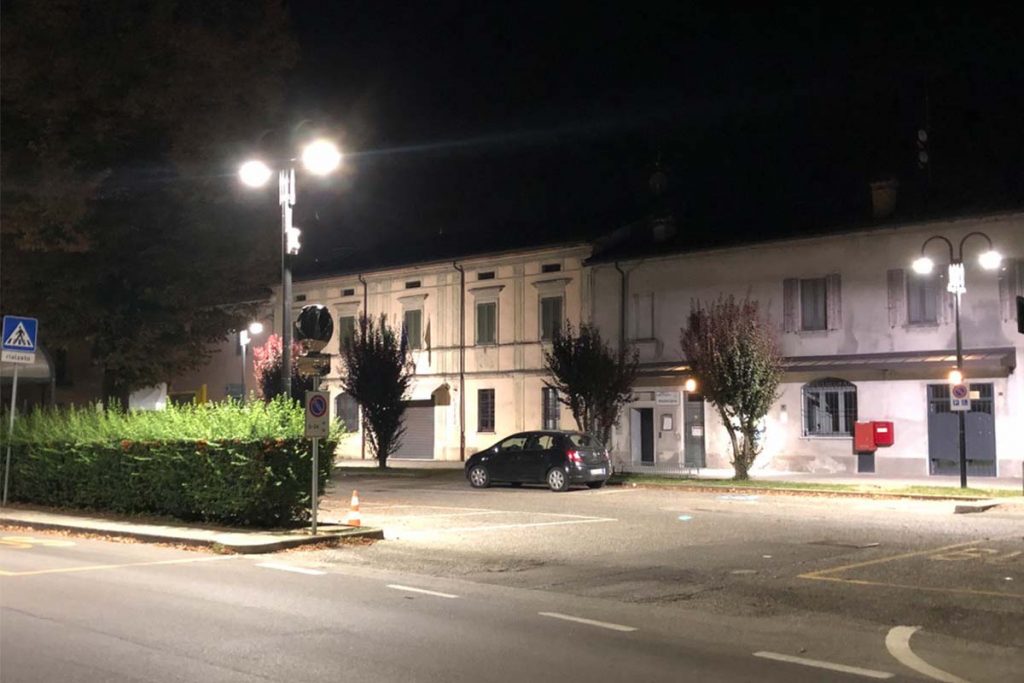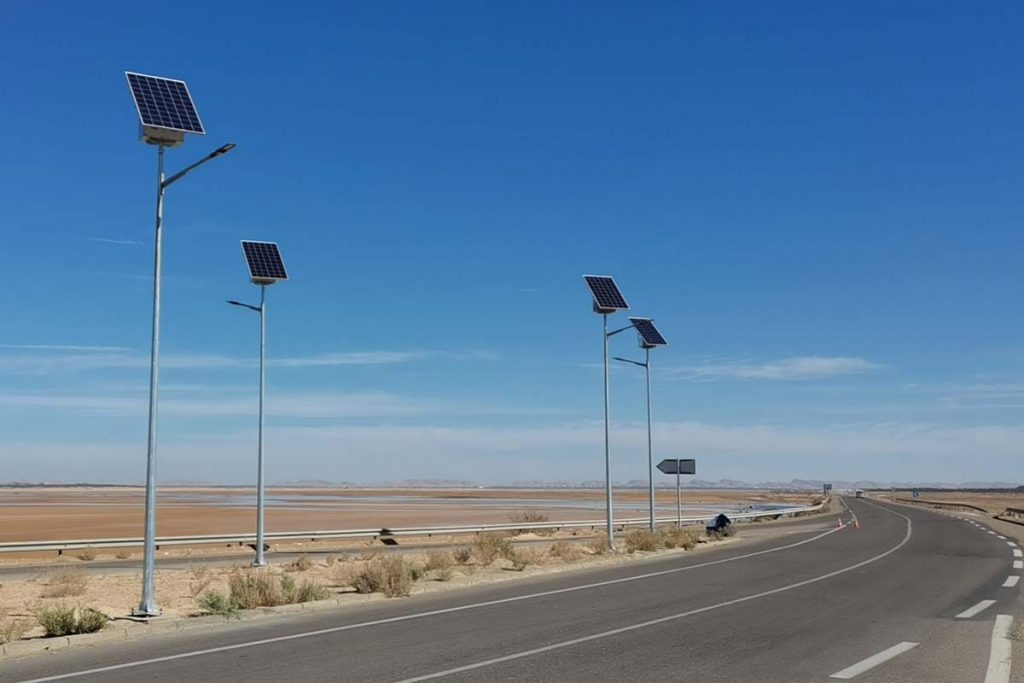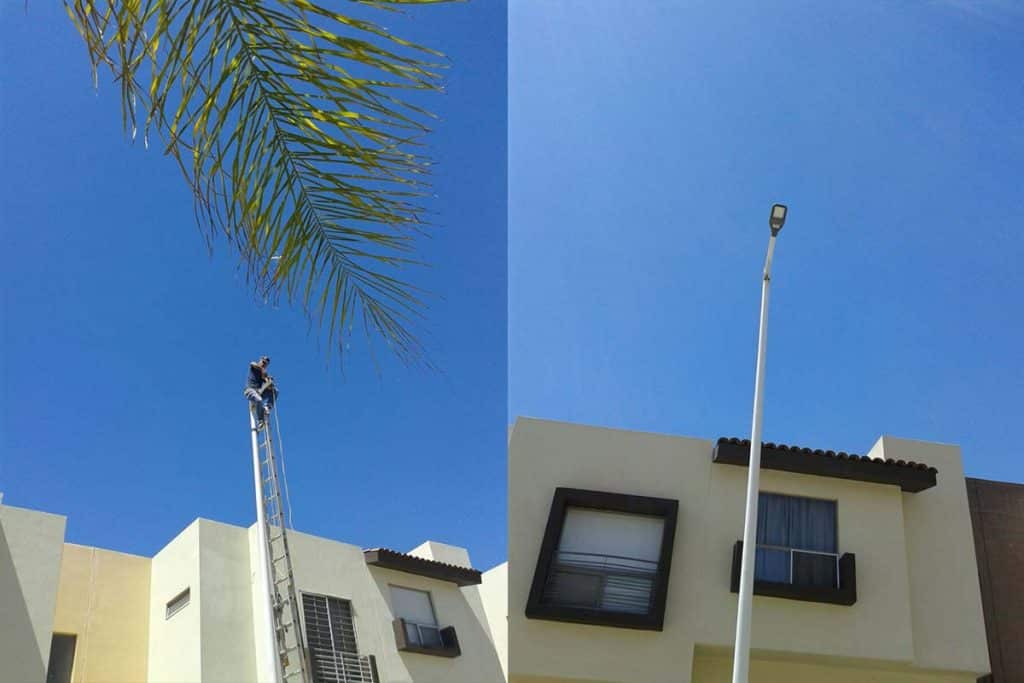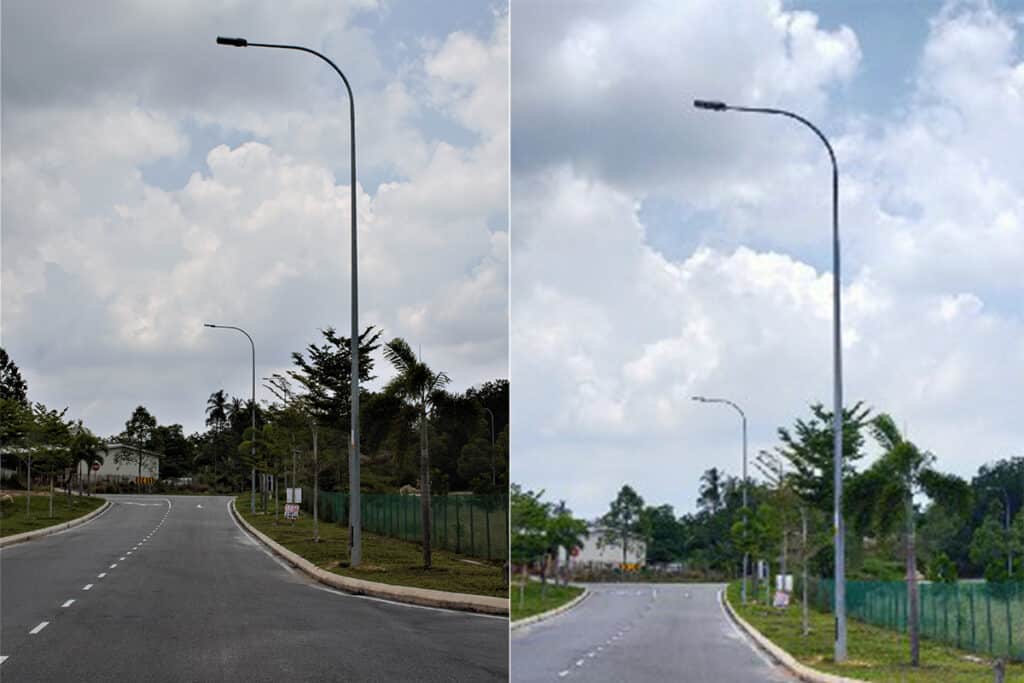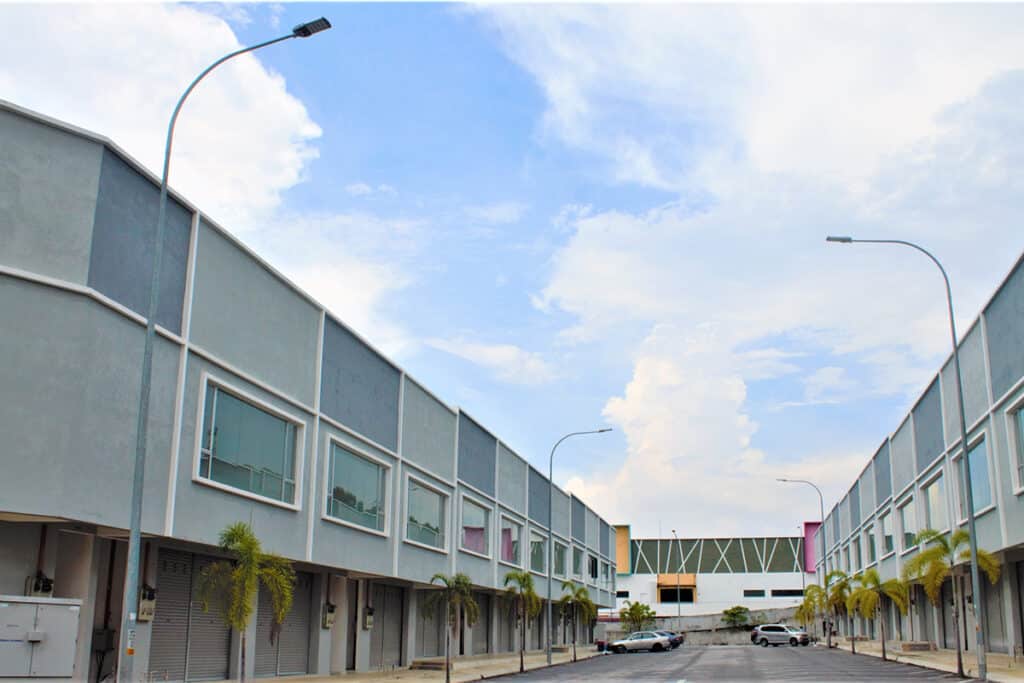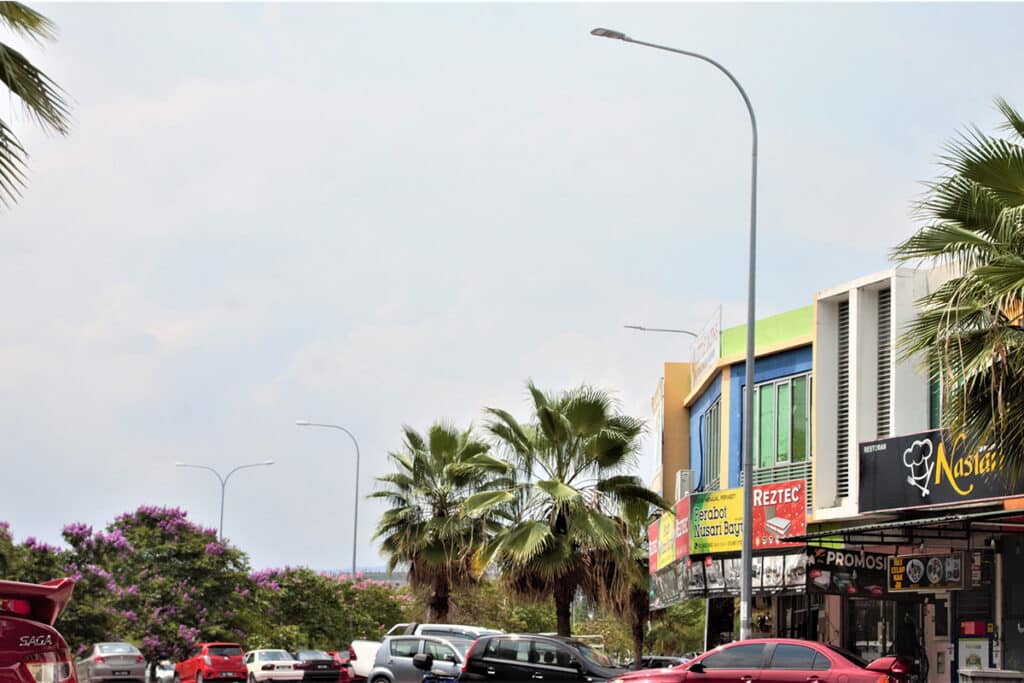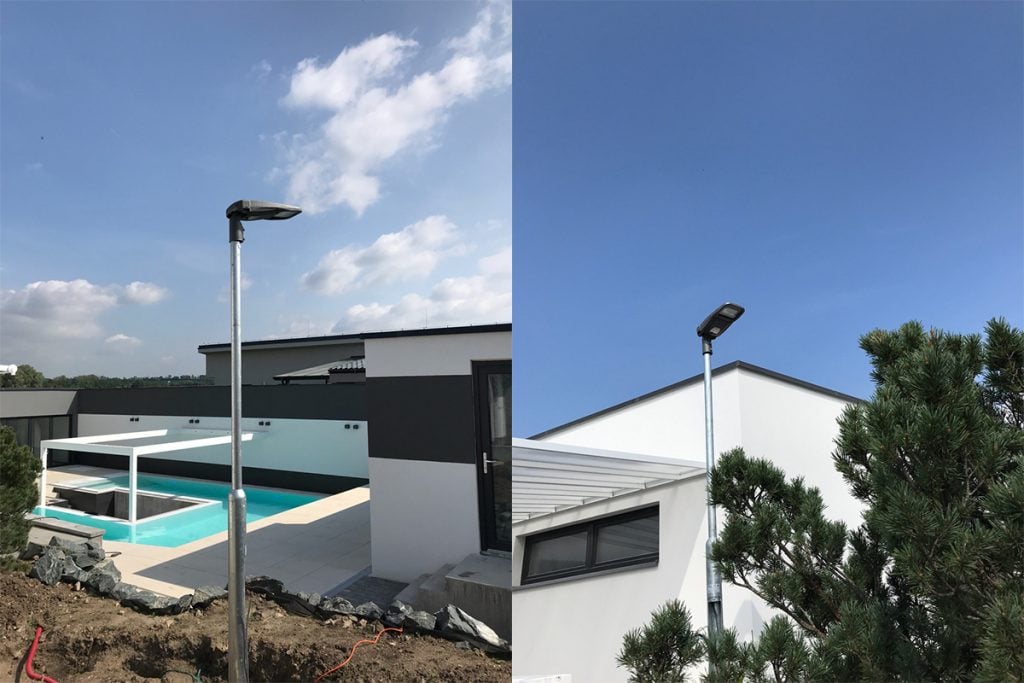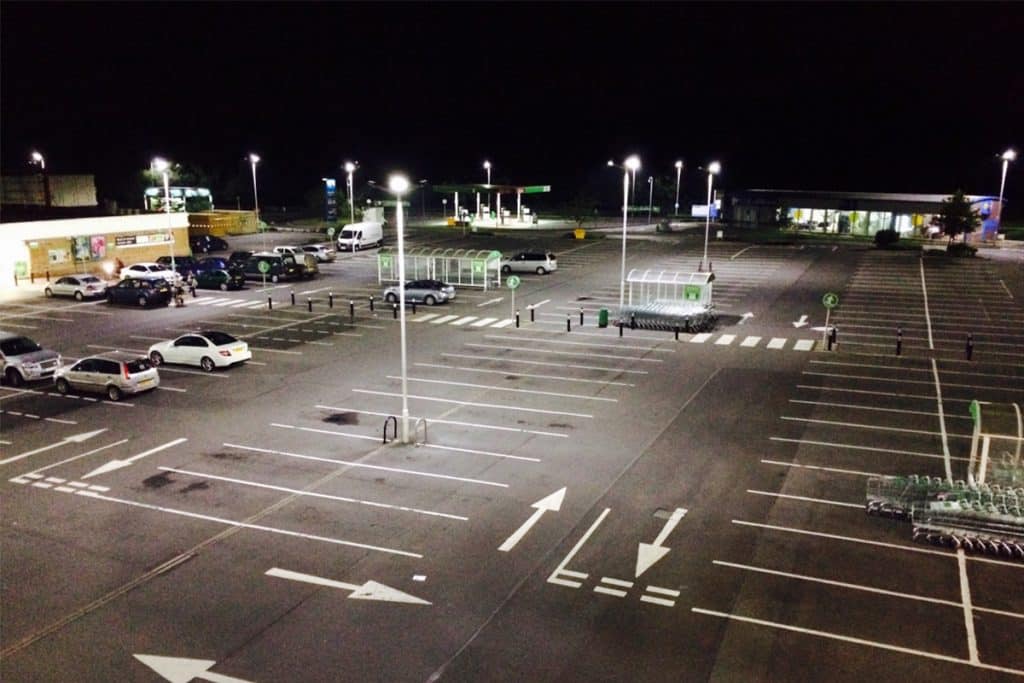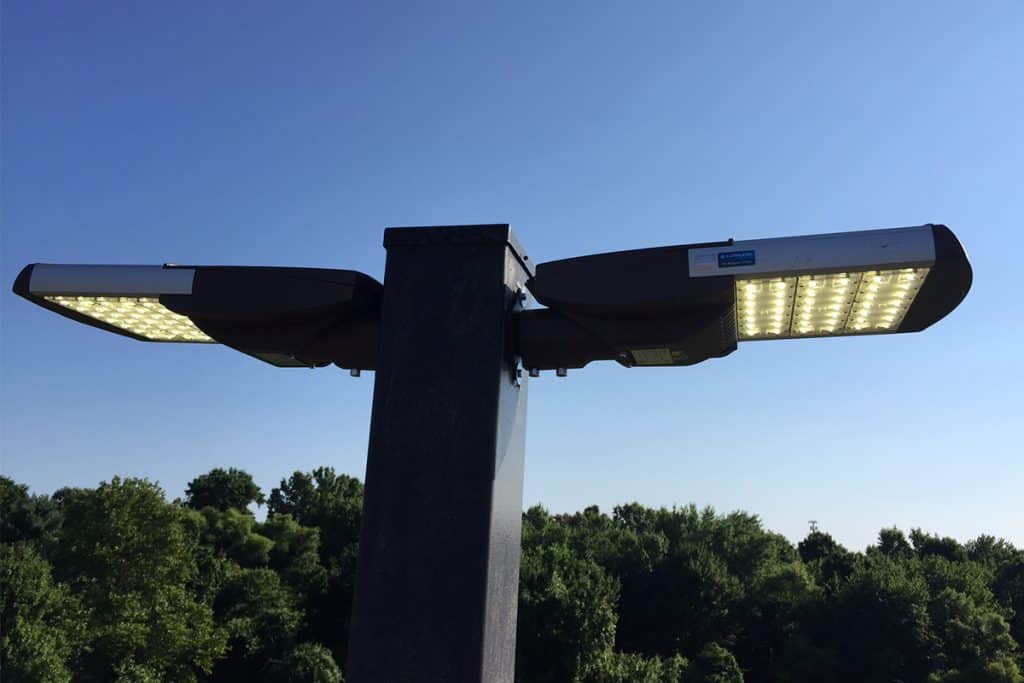DALI DALI2 D4i and street light with D4i connection
DALI DALI2 D4i and street light with D4i connection
Introduction
DALI (DALI Alliance) has been focusing on the field of lighting and solving the challenges faced by lighting control with a professional and meticulous attitude. It is considered an important solution for achieving a sustainable society due to its flexible lighting control and high energy efficiency. In the development of green buildings, DALI technology is an indispensable technology. With the continuous development of technology, DALI technology has been widely used in the field of outdoor lighting, especially road lighting in recent years.
For example, in some road lighting projects, the project party has begun to adopt wireless communication modules, such as Zigbee, LoRa or NB-IoT, combined with DALI dimming technology to achieve more intelligent control, which can make the road lighting system more efficient and operate intelligently. In addition, DiiA (Digital Illumination Interface Alliance) has further standardized the “last inch” interface of lighting control since 2019, which is the D4i standard. The introduction of this standard has further promoted the development of lighting control, especially in outdoor lighting(e.g. street light with D4i) applications. This article will provide an in-depth introduction to DALI, DALI2, D4i, etc., and highlight their unique characteristics in outdoor lighting applications.
What is DALI?
Digital Addressable Lighting Interface (DALI) was initially introduced in the early 1990s and has since maintained a leading position within the domain of lighting control protocols. Developed as a digital successor to analog dimming, DALI enables network control of individual luminaires, groups of luminaires, or all luminaires by connecting to the DALI bus. Traditional DALI application systems are the primary focus of the DALI standard specifications, encompassing a variety of devices and feature types as outlined within the DALI standard. DALI dimming power supplies, the most prevalent type of control gear, interface with the bus and receive control commands from an application controller. At this point, up to 64 independently addressable control Ggear or 64 independently addressable input devices (such as various sensors and switch buttons) can be connected to the DALI bus. The control functions of a DALI system are primarily integrated within the host that incorporates the application controller. Input devices typically do not directly issue command controls to control gear; instead, they relay commands through the application controller. It’s worth noting that a DALI system can feature multiple hosts, but implementing multiple hosts necessitates support for Multi-Master functionality to manage data transmission conflicts on the bus. If independent addressing is not required, more devices can be connected to the bus (beyond 64 control gear or 64 input device). However, this quantity may not correspond to the exact number of physical devices, as certain products may contain multiple logical devices (e.g., DALI driver power supplies with dual-channel outputs) that might occupy multiple independently addressable addresses. The maximum length of DALI wiring cannot exceed 300 meters. To extend wiring distances within a DALI system, Repeaters can be employed. The limitation on wiring distance is fundamentally related to the possibility of voltage drop along the line causing the receiver’s voltage level to exceed bus voltage specifications. The following is the most common Dali wiring configuration:
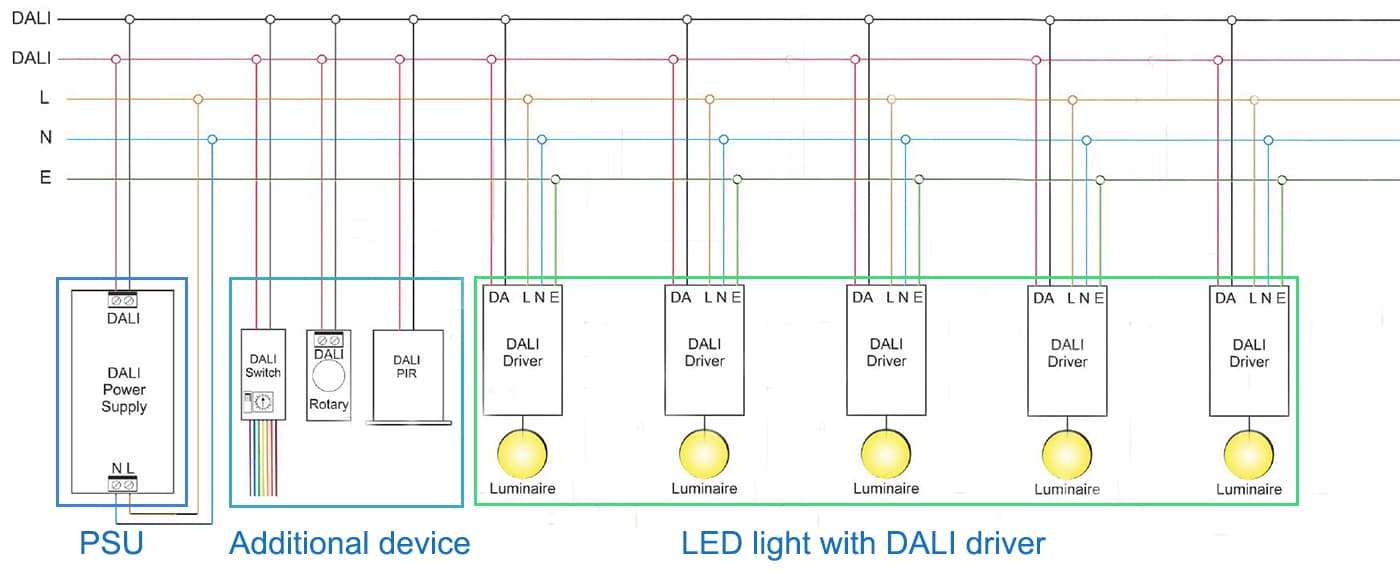
What is DALI2?
In 2017, DALI-2 was officially introduced. DALI-2, the second generation of DALI, builds upon the foundation of the first generation DALI with the aim of enhancing interoperability, imposing stricter testing protocols, and expanding command capabilities. While manufacturers could self-certify their first-generation DALI products, DALI-2 test certification results must be uploaded to the DiiA (Digital Illumination Interface Alliance) website. DALI serves as the foundational technology of the protocol, while DALI-2 partly updates this protocol and establishes certification procedures based on it. To achieve DALI-2 certification, products must undergo testing using DALI-recognized test equipment, and their results must be verified by the DALI Alliance before they can bear the DALI-2 logo. This level of certification provides assurance to the market that these devices have met rigorous performance expectations through independent testing and validation. DALI-2 encompasses bus power supplies, input devices (such as sensors), and application controllers. In summary, DALI-2 incorporates the following updates compared to the original DALI version:
- Corrections of errors and deficiencies in the original DALI system and modifications to certain protocols. For instance, the number of independently addressable addresses has been increased to 128.
- Addition of message frame transmission capabilities and new command interfaces. In order to standardize control systems further, the IEC 62386-103 and IEC 62386-3XX series standards have been amended.
- Mandatory certification requirements. Products conforming to the latest DALI-2 standard must undergo mandatory certification.
What is D4i?
D4i stands for “DALI for Intra-Luminaire,” representing the integration of DALI within luminaires, thereby creating more possibilities for DALI’s application in the Internet of Things (IoT) context. While the first generation of DALI targeted traditional DALI applications, D4i focuses on applications within the lighting fixture itself. Traditional applications feature a DALI bus connected to multiple DALI devices through wiring within a room or building. Luminaire DALI refers to the DALI bus within an individual luminaire. This bus connects LED drivers with any DALI-2 control devices, such as sensors or application controllers. It’s important to note that DALI-2 can exist without D4i, but D4i cannot exist without DALI-2. DALI-2 serves as the communication standard, while D4i represents a specific set of functionalities. D4i encompasses several key aspects:
- D4i brings standardization to intra-luminaire DALI, D4i extends DALI-2 by adding a specific set of features, particularly in terms of control, energy efficiency, and data communication.
- D4i enables intra-luminaire DALI for smart luminaires by: 1. Taking care of power-supply requirements; 2. Providing Luminaire, Energy and Diagnostics data.
- D4i certification enables D4i logo use, Indicates interoperability of luminaires(LED drivers), sensor, control devices such as wireless transceivers and other relative equipments.
- D4i is aligned with the new ANSI C137.4 standard and it’s also compatible with socketed connector systems: e.g. NEMA/ANSI C136.41
Below is the EBS-080S105BT2 driver, it’s used for street light with D4i qualified. Beside the LED driver is with Dali2 interface, it also offers Aux 24V power supply for IoT and bus power supply for intra-luminaire DALI.
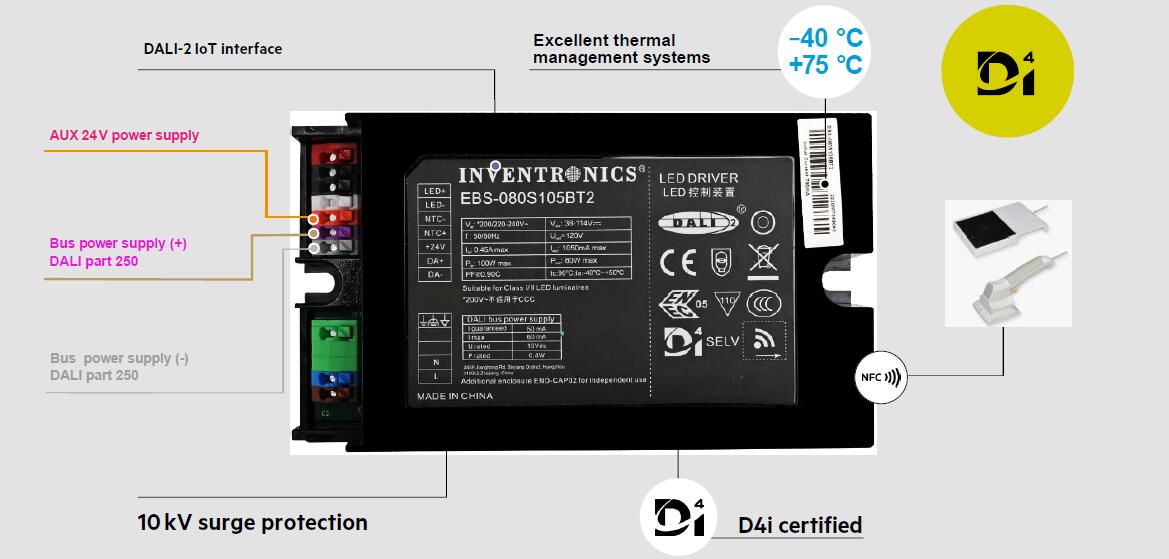
D4i benefits and features
“D4i” is an abbreviation for “Device Type 4 Interoperability,” emphasizing the interoperability between devices within a lighting system. The “Device Type 4” refers to a specific category or type of lighting devices within the interoperability framework (the D4i framework). This category encompasses luminaires(lighting fixtures), controllers, and other related devices. And please be aware that D4i certification of luminaires(street light with D4i certification) is not currently offered. Interoperability refers to the capability of different devices or systems to collaborate and seamlessly exchange information, encompassing compatibility and communication abilities. Within the context of D4i, interoperability implies that devices belonging to Device Type 4 can effectively communicate and interact with each other as well as with devices from other smart lighting systems.
Benefits of D4i
According to above information, we can conclude that D4i is a standardized framework that ensures these devices can collaborate with other devices and systems to create integrated and efficient smart lighting solutions. Of course, we cannot extend this to the broader premise of Dali2. Therefore, the primary roles of D4i include:
- Intelligent luminaires: D4i drivers store and report important data relating to luminaire, light source and driver; D4i sensors collect environmental inputs.
- Connectivity: D4i simplifies addition of wireless gateways to luminaires; Two-way communication between the DALI-enabled luminaire and the external lighting-control network; Stand-alone luminaires operate as IoT/network nodes.
- Future-proofing: D4i enables socketed systems; Allows addition and replacement of modules for sensing and communication; Luminaires easily upgraded to keep pace with rapid developments in digital networking technology.
Different parts of D4i
The D4i is an extension of DALI-2 certification designed to support smart IoT luminaires. It is based on DALI-2 lighting control with added data collection and analysis such as lighting assets, energy and diagnostics. Relevant standards include D4i parts 150, D4i parts 250, D4i parts 251, D4i parts 252, D4i parts 253 and D4i parts 351, etc. The following is the breakdown of each part:
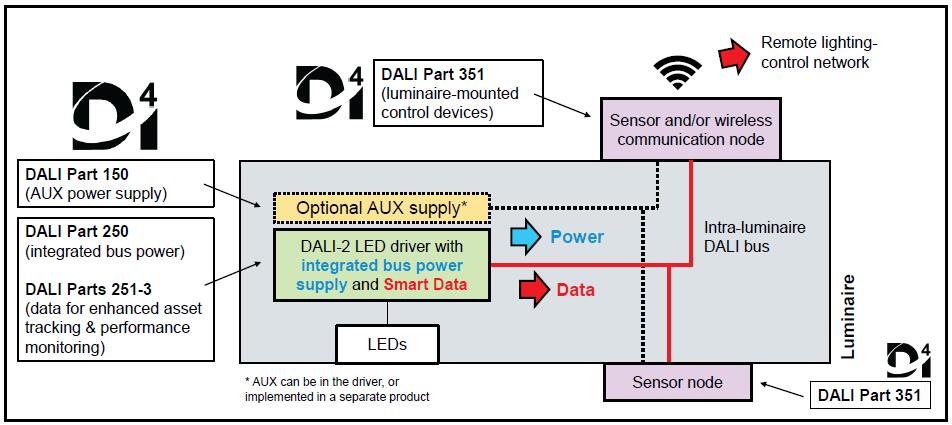
D4i power-supply specifications
DiiA Part 250 – Integrated Bus Power Supply
D4i also defines how a driver integrated with DALI bus power supplies power to other DALI devices connected to the bus, that is, DALI Part 250 integrated bus power auxiliary power supply. D4i requires these functions to be integrated into a single luminaire, which will greatly facilitate the collaborative work of DALI sensors and other control devices. For D4i certification, Part 250 must be included, and the bus PSU (Bus power supply) is enabled by default.
DiiA Part 150 – AUX Power Supply
The D4i specification also defines a 24V auxiliary power supply to provide stronger power supply capability. This function needs to be built into the control device to provide an average load of 3W and a peak value of 6W (even up to 10W). It can guarantee high-power equipment, such as cameras, sensors, alarm devices, etc. For D4i certification, Part 150–AUX Power Supply is also required.
Specifications for LED drivers
D4i regulates data access in DALI-2 drivers, which enables smart lamps to have better IoT access capabilities. The related DiiA specification is Part 251-253, which covers data access related to asset management, power usage, diagnostics and maintenance, as shown in:
DiiA Part 251 describes the storage of information that does not affect the functional operation of the DALI driver but is only relevant to the luminaire/power supply. For example, luminaire/power supply manufacturers store their rated light output parameters including supply wattage and voltage, light output, CCT and CRI, light distribution, luminaire color and other luminaire data in a driver within the luminaire. After the luminaires are installed in the project, these data can be used by the lighting control network, thereby enhancing users’ more efficient and accurate management and control of luminaire assets.
DiiA Part 252 regulates the storage and reporting of data related to energy consumption and power usage of drives. They include Active energy/power, apparent energy/power, load-side energy/power.
DiiA Part 253 focuses on various diagnostic and maintenance data related to drivers, light sources and lamps. Such as LED drive power supply voltage and frequency, power factor, temperature output current, working time and start-up counter, etc. Of course, there is also information about the light source, including operating voltage, current, temperature, working time of the light source, and start-up counter.
Specifications for control devices
Part 351 is a specification for lamp-related control devices, including four types of control devices (types A-D), such as sensors and wireless communication nodes with DALI gateways. These device requirements can be bus powered or externally powered (eg via AUX power). In addition, the power consumption requirements of the device, the adjustment mechanism and the definition of the memory bank are immediately standardized.
What’s Zhaga-D4i?
The Zhaga Alliance, in cooperation with the DALI Alliance, has launched an important certification – the Zhaga-D4i luminaire ( ZGSM street lights with Zhaga-D4i ), bringing new standardized value to the world of connected smart lighting. The Zhaga-D4i luminaire certification combines the technical specifications of the Zhaga Book 18 version and the D4i specification connected to the DALI interface. In this case, the LED drive complies with DiiA’s Part 250-253 and other specifications to enhance the connection capability of the expansion interface, and the street lamp equipped with Zhaga Book 18 socket also complies with Zhaga specifications. Control devices (such as power supplies), control devices (such as sensors and wireless communication expansion modules) that meet the above two specifications are not only the so-called D4i certified products and Zhaga certified products. In order to distinguish it from ordinary D4i and Zhaga products, Zhaga and DiiA have launched a new D4i logo and certification program for such products, namely Zhaga-D4i certification.

ZGSM LED street light with D4i connection
All ZGSM streetlights can be equipped with Dali, Dali2, or D4i power supplies. If your project requires Dali configuration for the luminaires, we can provide the necessary power supply to meet the project’s requirements. ZGSM will complete the corresponding wiring before the luminaires leave the factory. This makes it convenient for customers to integrate the luminaires into their Dali system. The diagram below illustrates the connection of ZGSM street light with D4i, and they are also equipped with Zhaga bases.
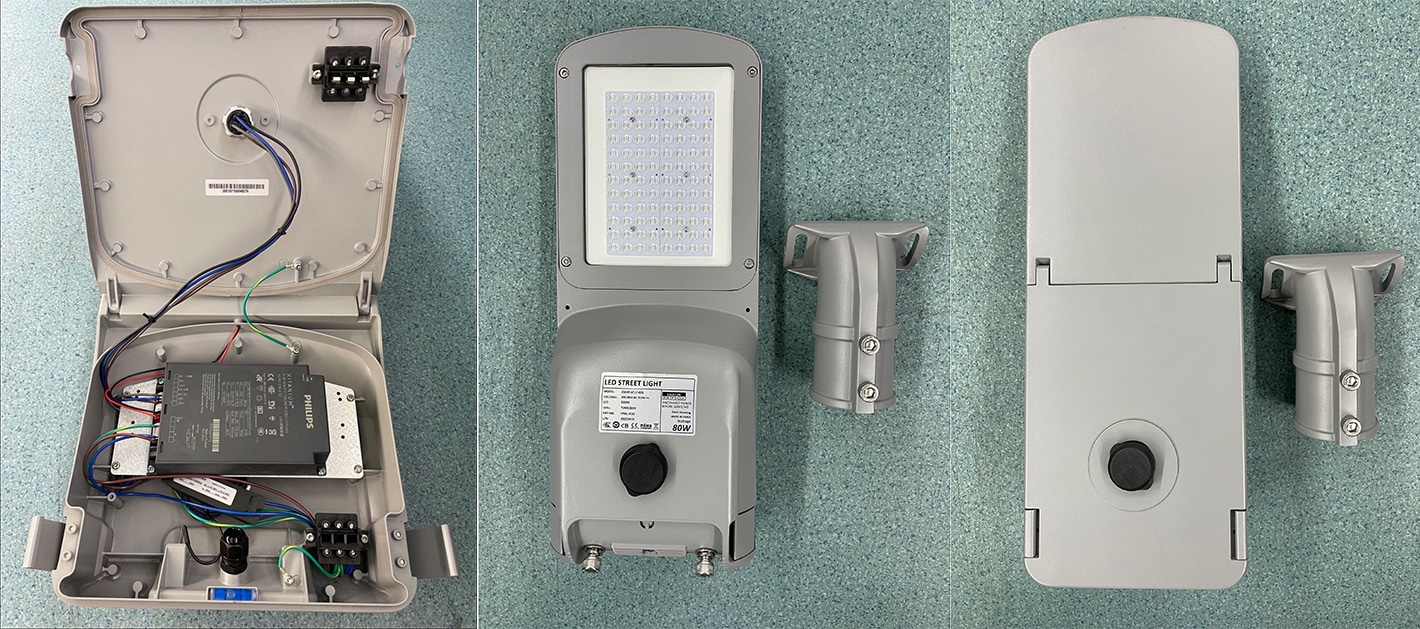
Additionally, the following ZGSM LED streetlights can also be equipped with Dali, Dali, or D4i power supplies. NEMA ( Watch the video of the Leaf Series streetlights featuring NEMA street light controller ) and Zhaga sockets can also be installed on the luminaires to meet interface requirements.
Summary
This article focuses on what is Dali, Dali2, Dali Alliance, and the Zhaga-D4i certification jointly developed by DiiA and Zhaga. The DALI system is a very complex system. This article only makes a brief introduction. If you want to know more, you can refer to the official website of DALI. For D4i, I believe many people want to know very much, this is because many road lighting projects require street light with D4i in recent years. D4i aims to enable devices from different manufacturers to communicate and interact with each other, thereby promoting the development of intelligent lighting systems. Finally, the Zhaga-D4i standard is jointly developed by the Digital Illumination Interface Alliance (DiiA) and Zhaga, which is also committed to promoting the development of digital lighting technology. Contact us for more information.
Rated Products
Related Blogs
Related Cases
People also ask
Author introduction

Hello Customers,
My name is Taylor Gong, I’m the product manager of ZGSM Tech. I have been in the LED lights industry for more than 13 years. Good at lighting design, street light system configuration, and bidding technology support. Feel free to contact us. I’m happy to provide you with the best service and products.
Email: [email protected] | WhatsApp: +8615068758483

